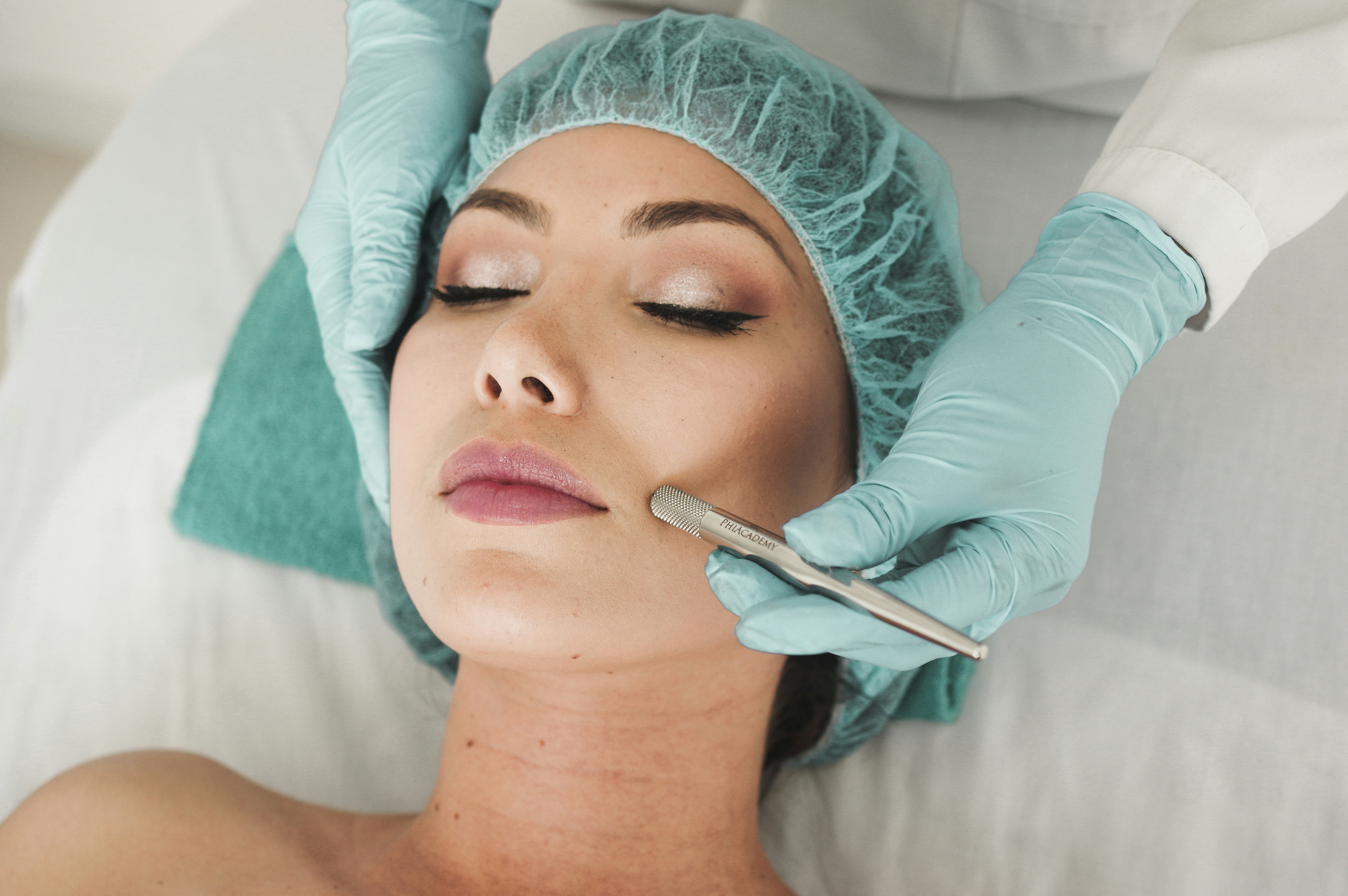Moles (or beauty marks) are extremely normal. In fact, according to the American Skin Association, nearly every single one of us has them. They say they’re probably determined before we’re even born.
They can give us a sense of uniqueness depending on their placement or, for some, they can be the source of self-consciousness. Dermatologist Dr. Sasi Attili told BBC News in 2015 that the most common reason he removes moles is because of paranoia surrounding skin cancer, but the other reason is generally pure vanity. He explained that “Sometimes [the patient] just [thinks] the mole is ugly.”
Moles can turn what would have been boring “blemish-free” skin into a unique set of cute polka dots all over our bodies. But unfortunately, they can also prompt relatives to comment that "you should get that checked out." So when should you get that checked out?

While there are positives and negatives to moles (depending on individual preference), the biggest thing we all fear when it comes to moles is the “Big C” (i.e. skin cancer). This fear doesn’t seem that irrational considering that, according to the American Academy of Dermatology (AAD), skin cancer is the most common cancer in the United States affecting an estimated 1 in 5 Americans at some point within their lifetime.
The good news? According to the AAD, the two most common types of skin cancer (basal cell carcinoma and squamous cell carcinoma) are very curable if detected early and treated. Even melanoma (the most dangerous form of skin cancer) has a 5-year survival rate of 99 percent when it’s found before it reaches the lymph nodes.
Therefore, early detection is key to surviving this type of common cancer. But where do we start our preventative measures? We’ve all heard we need to limit sun expose, wear sunscreen, and avoid tanning beds; but what do we look for when we check our moles? And, when is it time to see a doctor?
So, how often should we be checking our moles?
The Cleveland Clinic says that most dermatologist (a skin doctor/expert) recommend checking our moles once a month. While they report that most moles are non-cancerous, if we see anything suspicious, we should see a dermatologist as soon as possible to be on the safe side. If we have a family history of skin cancer, we should be self-examining once a month AND be checked out by a dermatologist once a year.
What warning signs are we looking for?

According to the American Cancer Society, when checking our moles, we should be looking for changes. Changes can be either a new mole (the Cleveland Clinic says after 30 this is a warning sign) or a change in color, size, shape, or texture (these can all be indicators of early-stage melanoma). We should also be looking for moles that look different from all the other ones. Other things we should be on the look-out for are:
· Asymmetrical moles (a mole where one half doesn’t match the other in color)
· Irregular, ragged, notched, or blurred edges
· Moles bigger than 6 millimeters
· Any changes in size, shape, or color
· A scaly texture, oozing, bleeding, or the feeling of a lump or bump
If we have fair skin, red or blonde hair, a family history of skin cancer, or a history of repeated sunburns then we should be extra cautious as these make it more likely that we will develop skin cancer.
When should we see a doctor?

We should see a doctor if we notice any of the above-mentioned warning signs of skin cancer. If we’ve noticed any of the possible symptoms, then we should seek medical attention as soon as possible. Consider checking out the healthcare center in Baltimore, MD to get checked and possibly referred to a qualified Dermatologist. Better safe than sorry, right?
What if we don’t have health insurance?
If we’re short on Health funds then it is probably time to look into adequate coverage so we can get checked out. The best way to do this is to Compare health funds with iSelect so we can get the best coverage for our needs at the lowest cost. Health insurance is vital to cancer prevention not only in skin cancer but in all types of cancers and other life-threatening health problems.


